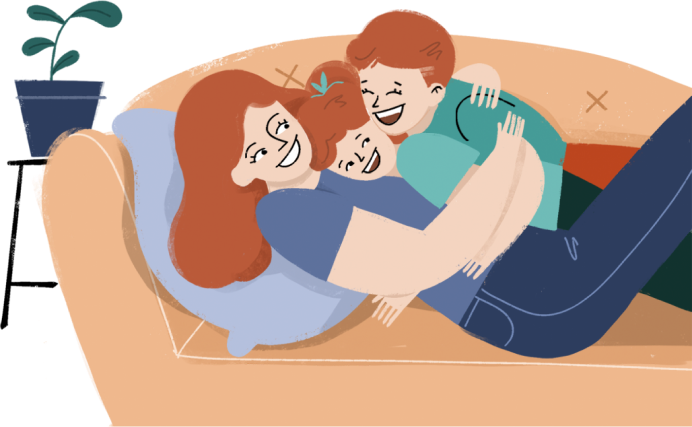They say that a cat has nine lives. If the rule applies to humans, I hope that my son’s lives extend to a number far greater than nine because at age twelve, he’s already used up seven of his lives. Each and every one of those seven times his life was saved by one device, the EpiPen.
My son, Jack, has severe life-threatening food allergies to all dairy, egg, peanuts, and tree nuts. The sobering fact does not ever escape me. I am very aware that without that miracle shot of adrenaline, I would not be staring at his goofy orthodontia grin in the rear view mirror as he chatters away about his first day of seventh grade. I am certain that had an EpiPen not been available to us during any one of his seven reactions, I would not be nagging the lanky tween stretched out on the sofa to get up and take the garbage out.
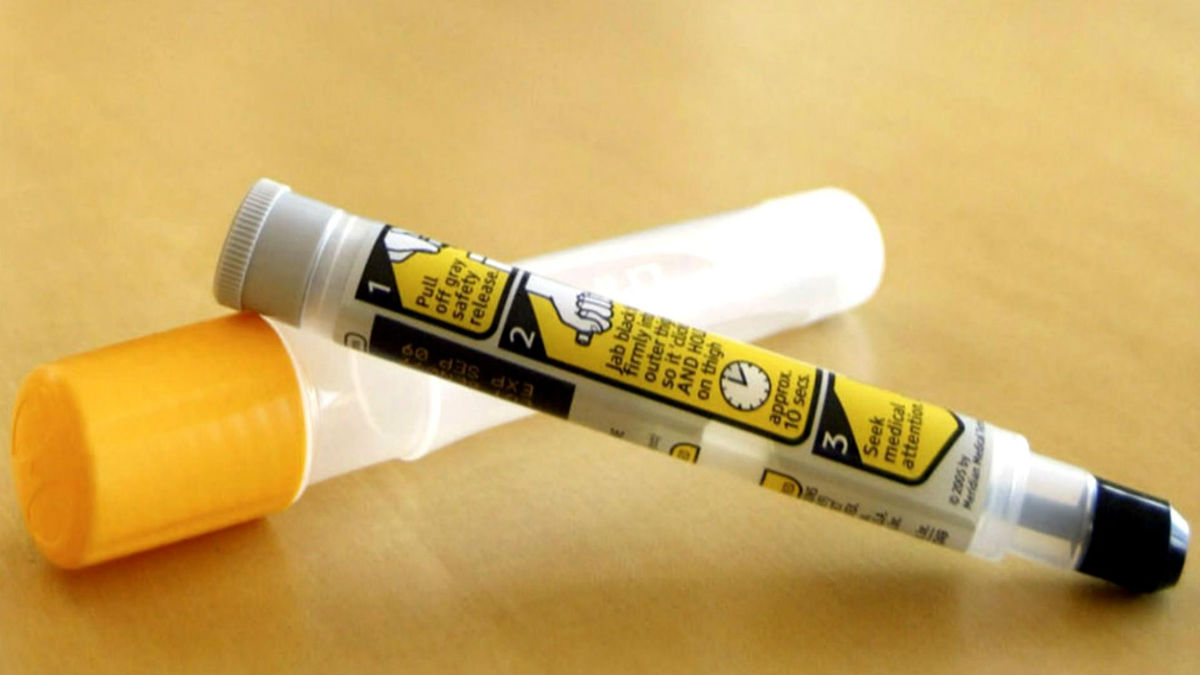
All of these normal, day-in-the-life, middle-America moments have been preserved for our family and made possible for our son because of the EpiPen. With three kids, a dog, and a busy life in the suburbs, our life is happily status quo, most of the time. We strictly avoid our son’s allergies and don’t keep any foods that would cause a reaction for him in the house. We need to shop at places like Whole Foods for certain items and we budget for our grocery bill to be higher as a result. We are fortunate that we have insurance and EpiPens are covered for us with a relatively reasonable co-pay, even with the recent outrageous price hikes by manufacturer Mylan over the last six months. Such is not the case for many food allergy families, given that the EpiPen now has a list price of $600 for a pack of two, a 500 percent increase over just the last nine years.
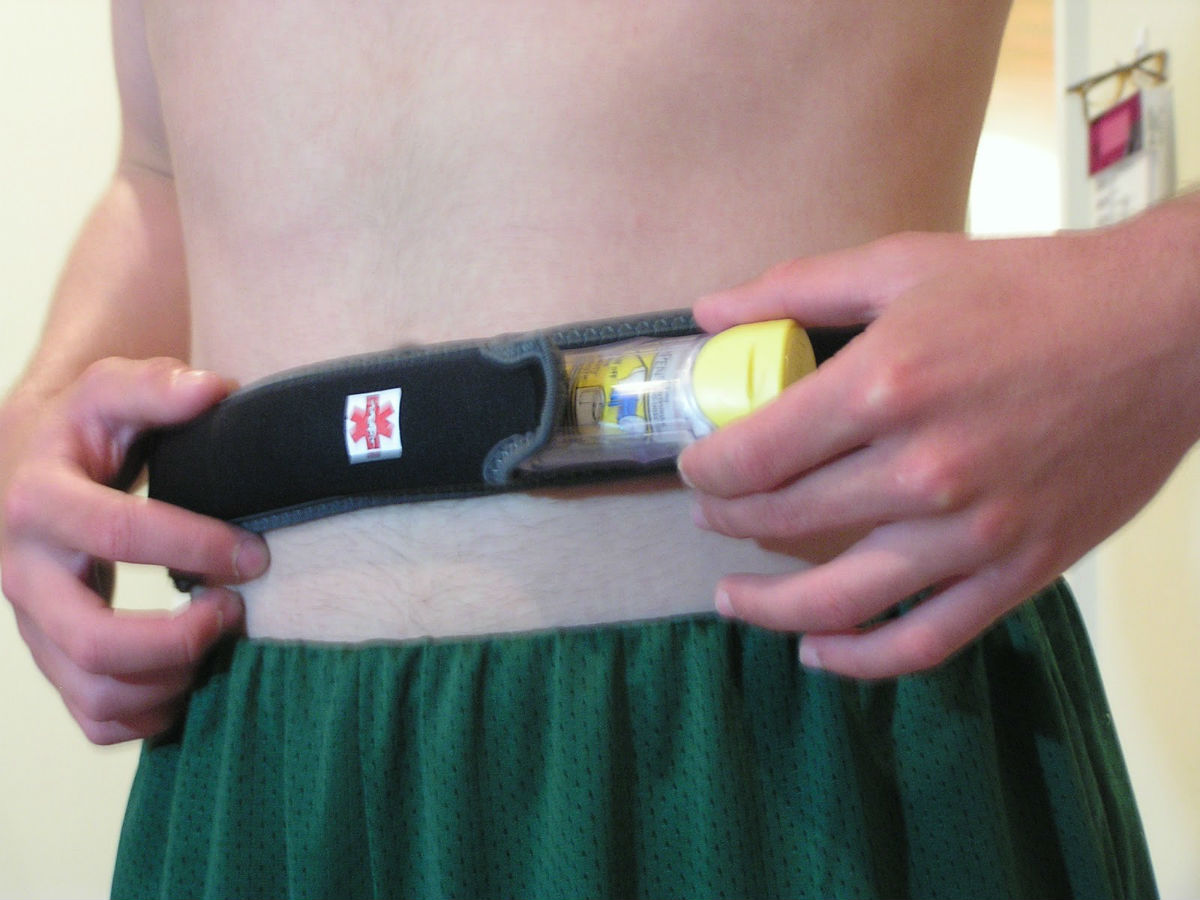
No matter the price, our reliance on Mylan’s EpiPen device is absolute and quite literally our lifeline. At this exact moment we have ten EpiPens in rotation in our household. They expire annually so we are constantly doing inventory assessments on the fleet. Some are headed to the school nurse’s office, some have returned from sleep-away summer camp. Jack carries three with him on his waist at all times, I carry two, and my husband carries two more. They can be ineffective when exposed to extreme heat or cold so we pack them in specially created thermal packs.
If we go to the beach, we keep them shaded. If we go skiing, we wear them close to our bodies and bundled under layers. When we travel, we carry seven at a minimum. If the trip is a longer flight or an international destination, we’ll carry more. We know that in the event that our child is accidentally exposed to one of his allergens, one or more of those little shots will sustain him until he can get to a hospital. And even with a lifetime of strict avoidance, accidents happen and a life is instantly at risk. In Jack’s case, this has happened seven times.
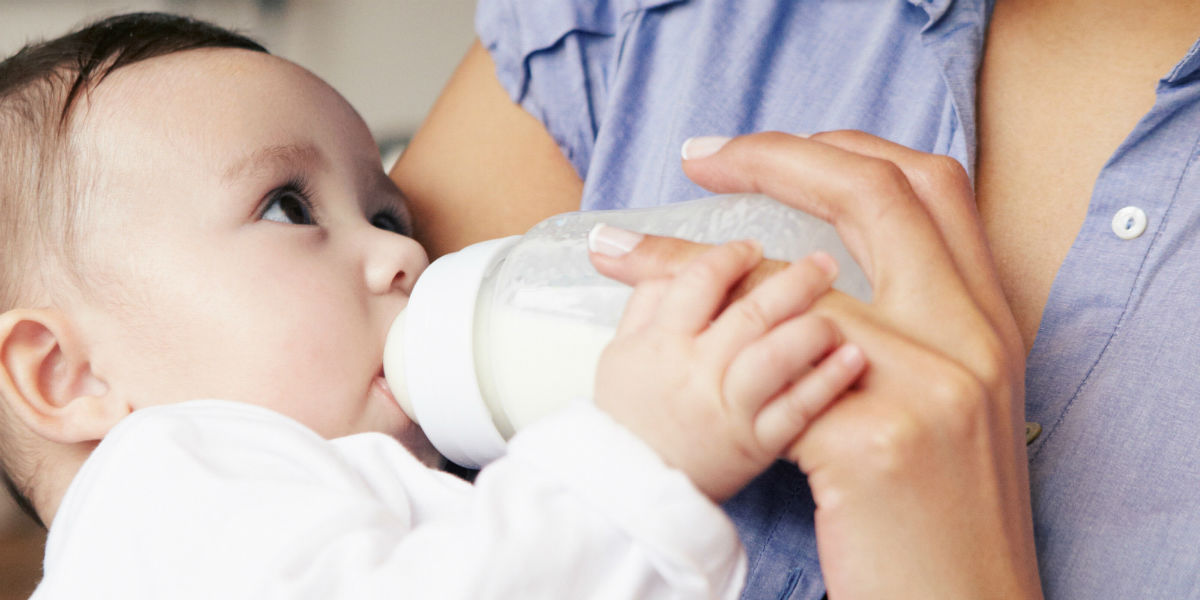
The first time was when Jack was just 15 weeks old. He had his first sip of formula and began gasping for air, vomiting, and breaking out into hives. Adrenaline, followed by anti-histamine and steroids in the hospital saved his life and as a result, we were given more time with our baby boy. The culprit was formula. The hero was adrenaline. The reward was more time, more smiles, more snuggling, more rounds of peek-a-boo and more board books.
The second time was in the hallway of a waterpark hotel as we celebrated Jack’s eighth birthday. Without speaking a word, my husband and I knew in a glance that we needed to administer the EpiPen. After eight years, our worst nightmare was happening and we could see Jack coughing, wheezing and struggling. We jammed the shot into his leg and rushed to the hospital. Amazingly just minutes later he improved and was talking non-stop and telling us jokes in the backseat as the adrenaline revved up the rest of his system. My husband, Jack, and I all looked at each other amazed and even said, “Wow! The EpiPen really works!” We believe the culprit was an allergy-friendly cake baked in the same oven as a dairy-based cake. We’ll never know for sure. But we do know for certain that the hero was the EpiPen, and our reward was more time with our eight-year-old. More baseball games, more Diary of a Wimpy Kid books, more waterslides, more bike rides and more science fair projects.
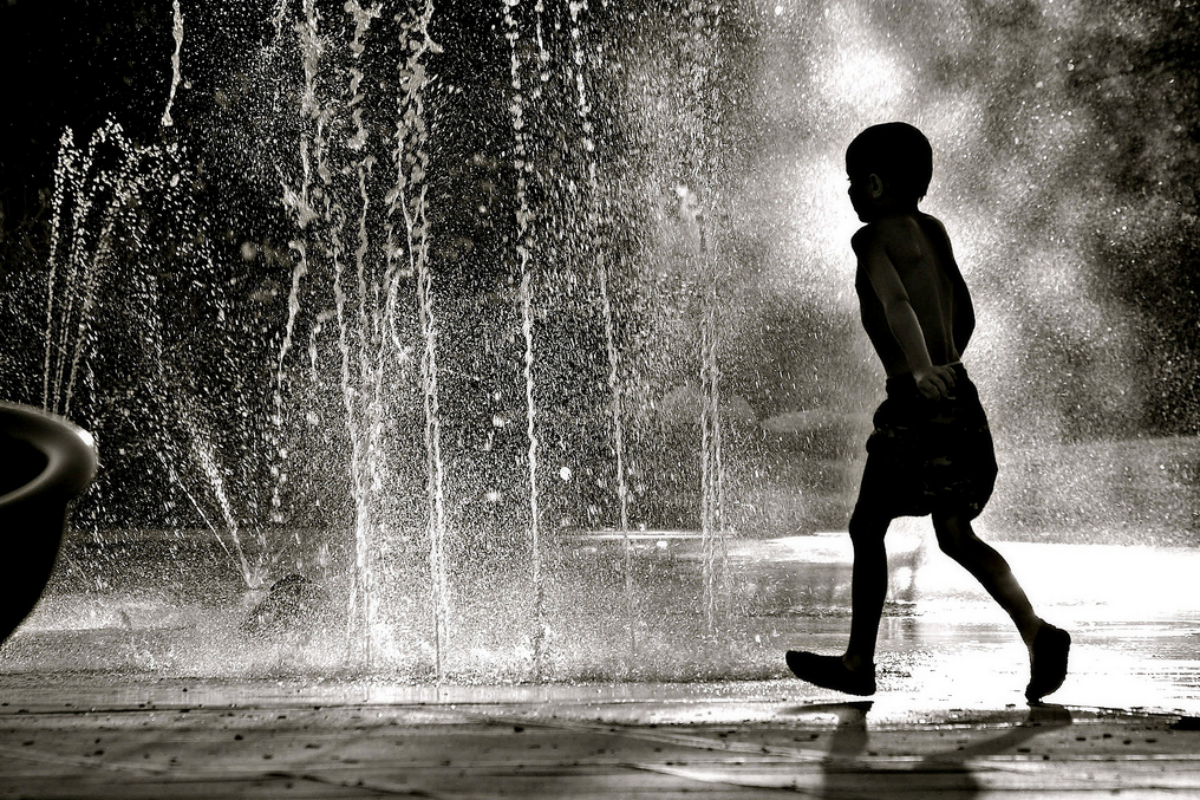
The third time was later that year after a breakfast with Santa. Feeling wheezy, his natural adrenaline kicked in to complete his visit and wish-list with the Big Guy but he started coughing right after and I gave him the EpiPen on the car ride home. The culprit is still a mystery, but our best guess is the caramel coloring in the maple syrup that accompanied his soy pancakes. The hero was once again the EpiPen. And the reward was a renewed belief in Christmas miracles, more letters to Santa, more Lego sets, more 3rd grade math tests, more swim meets and countless more knock-knock jokes.
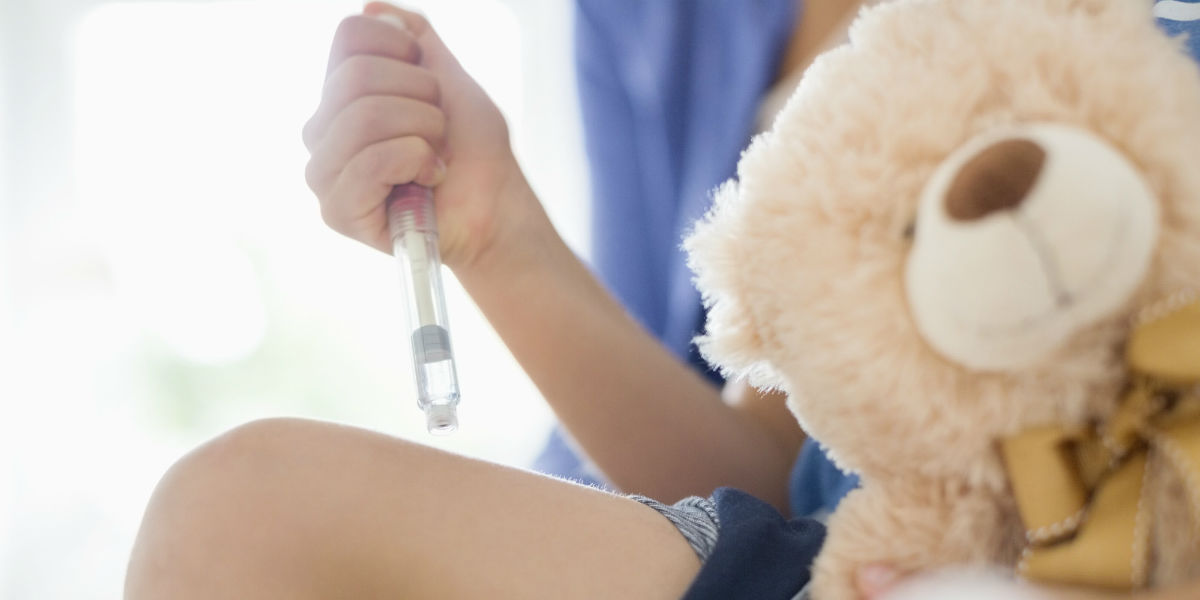
The fourth time was at age ten. Jack gave himself the EpiPen this time as I kneeled with him on the floor crying and begging and finally promising him that we’d buy him any Lego set he wanted if he gave himself the EpiPen. I knew he was hitting an age where he needed to be comfortable doing this himself and it was a slower moving reaction, so I felt we had the time to coach him through his first self-administered EpiPen. The culprit was an English muffin with a label that we didn’t read carefully enough. The steadfast hero was the EpiPen, partnered this time by Jack who proved he could save himself. The reward was more confidence in his independence, even more Lego sets, more school projects, more moments to pester his little sisters, and more family vacations.
The fifth, sixth, and seventh times were all this past summer, at age twelve. All of the reactions were somewhat related to an oral immunotherapy clinical trial that Jack participates in. Knowing at this age, he spends a good portion of his time with friends, Jack held front-porch training sessions with his buddies. His wonderful squad of friends each practiced giving him an EpiPen, by using a training device. Watching these kids ask genuine questions of concern and face their own fears to help a friend was heartwarming to say the least. In these incidents, the culprit was dairy or peanut protein. The hero was an EpiPen, and his friends. The reward is more time with our tween, more band practice, more cross country meets, more field trips, more summer camps, more hiking adventures, more sand castles and more silly facts and useless knowledge being plummeted our way on an hourly basis.
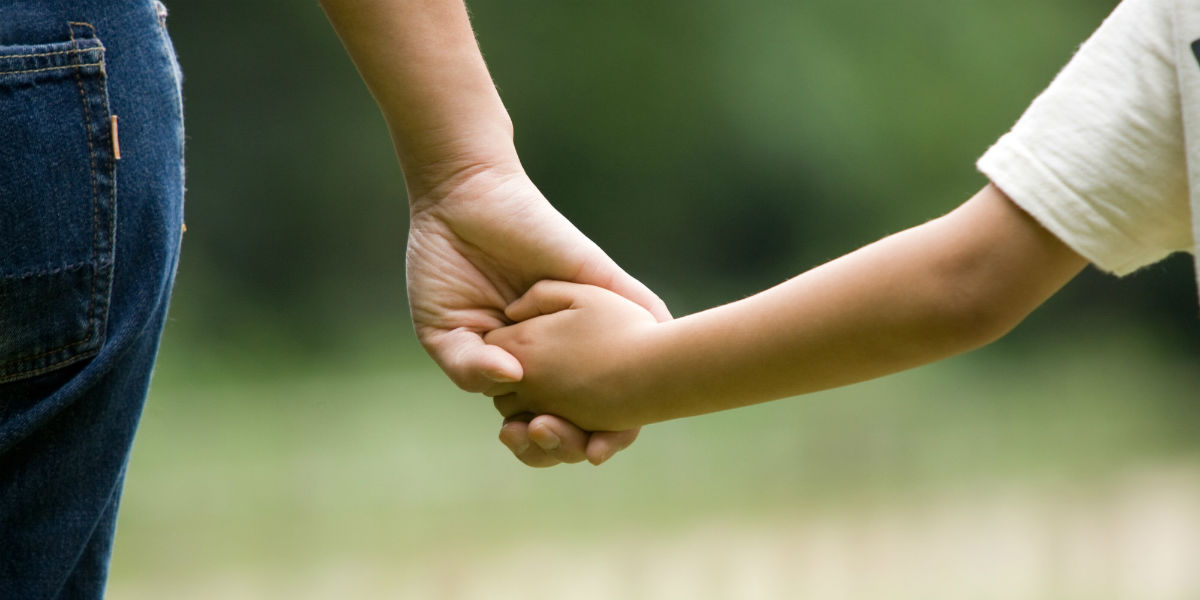
These are the everyday moments that as the parent of a child with food allergies, you know to never take for granted. Seven times we could have lost all of this, seven times we could have lost Jack. Seven times our simple normal lives were granted the grace to continue because of the EpiPen.
Seven times over I have caught my breath a day or two later and privately fallen to my knees and wept imagining what would have happened had we not had an EpiPen. And seven times over I have stood back up, dusted myself off and continued on with my beautiful and normal day, because seven times over I was fortunate enough to have my child’s life saved thanks to an EpiPen. These devices are not elective. These devices are not optional. Yes, these devices are priceless. But just because you can’t put a price tag on a life, doesn’t mean that these devices can be priced in a way that they are not an option for everyone who needs them. Seven times over the EpiPen has been my son’s hero. And every child deserves to have a hero.




